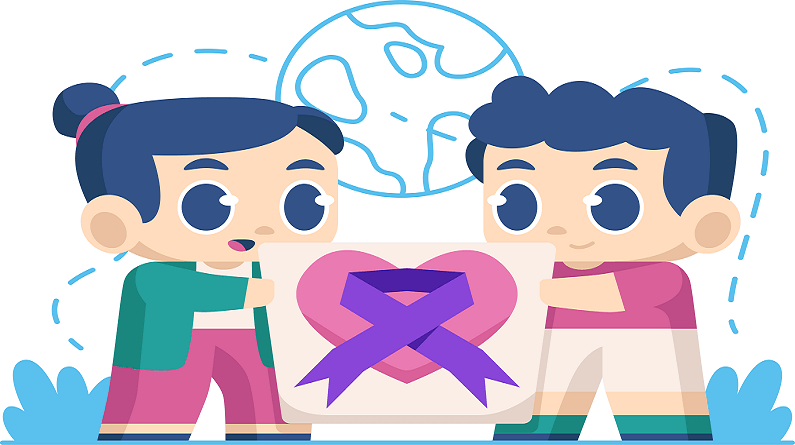HIV and AIDS: Separating Fact from Fiction
Human Immunodeficiency Virus (HIV) and Acquired Immune Deficiency Syndrome (AIDS) are often misunderstood. Here are some informative and interesting facts to set the record straight:
HIV vs. AIDS
- HIV is the virus that causes AIDS, but they are not the same thing.
- HIV is a manageable chronic health condition, while AIDS is the final stage of untreated HIV infection.
Transmission and Testing
HIV is transmitted through:
– Unprotected sex with an infected person
– Contaminated blood transfusions
– Shared needles or tattoo equipment
– Mother-to-child transmission during pregnancy or childbirth
HIV tests may not detect the virus immediately after exposure. It’s essential to wait three months for accurate results.
Treatment and Prevention
- Antiretroviral therapy (ART) prevents HIV from multiplying and reduces the risk of transmission.
ART involves delaying the replication of the virus inside infected cells.
Preventive measures include:
– Using condoms
– Avoiding shared needles and equipment
– Pregnant women with HIV undergoing treatment and regular check-ups
Debunking Common Myths
HIV does not spread through:
– Shaking hands
– Hugging
– Sharing toilets or utensils
– Living or working with someone with HIV
Saliva does not contain the virus, and kissing or deep kissing is not a transmission risk.
Mother-to-Child Transmission
– Cuba was the first country to eliminate mother-to-child transmission of HIV and syphilis in 2015.
– Armenia, Belarus, and Thailand have also achieved this milestone.
Healthcare Worker Precautions
– Healthcare workers must take precautions when interacting with infected patients, including:
– Handling sharp objects carefully
– Frequent hand-washing
– Using gloves and gowns
– Safe disposal of waste and contaminated items
Conclusion
HIV and AIDS are manageable conditions with proper treatment and prevention. By understanding the facts and debunking common myths, we can work towards reducing stigma and promoting a more informed and supportive community.
References:
https://www.who.int/news-room/fact-sheets/detail/hiv-aids
https://www.dosomething.org/us/facts/11-facts-about-hiv-and-aids-us
https://www.unaids.org/en/frequently-asked-questions-about-hiv-and-aids
https://www.who.int/features/factfiles/hiv/facts/en/

